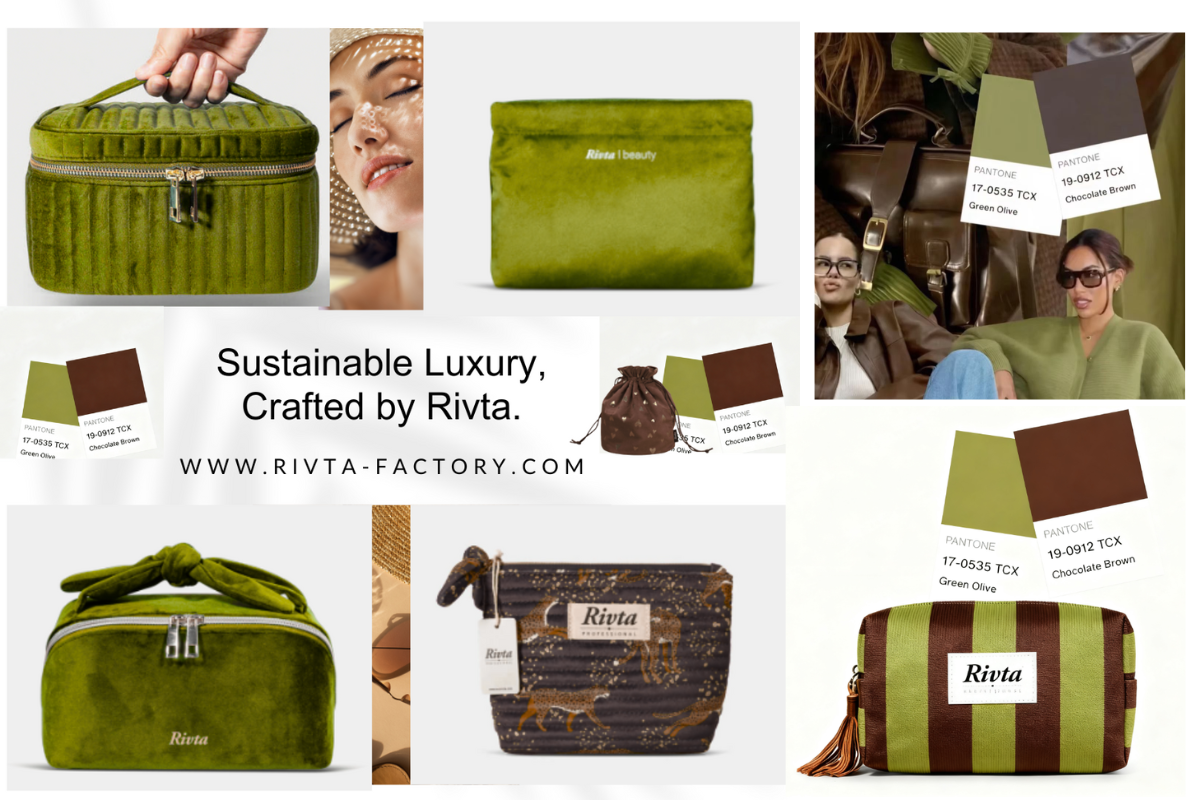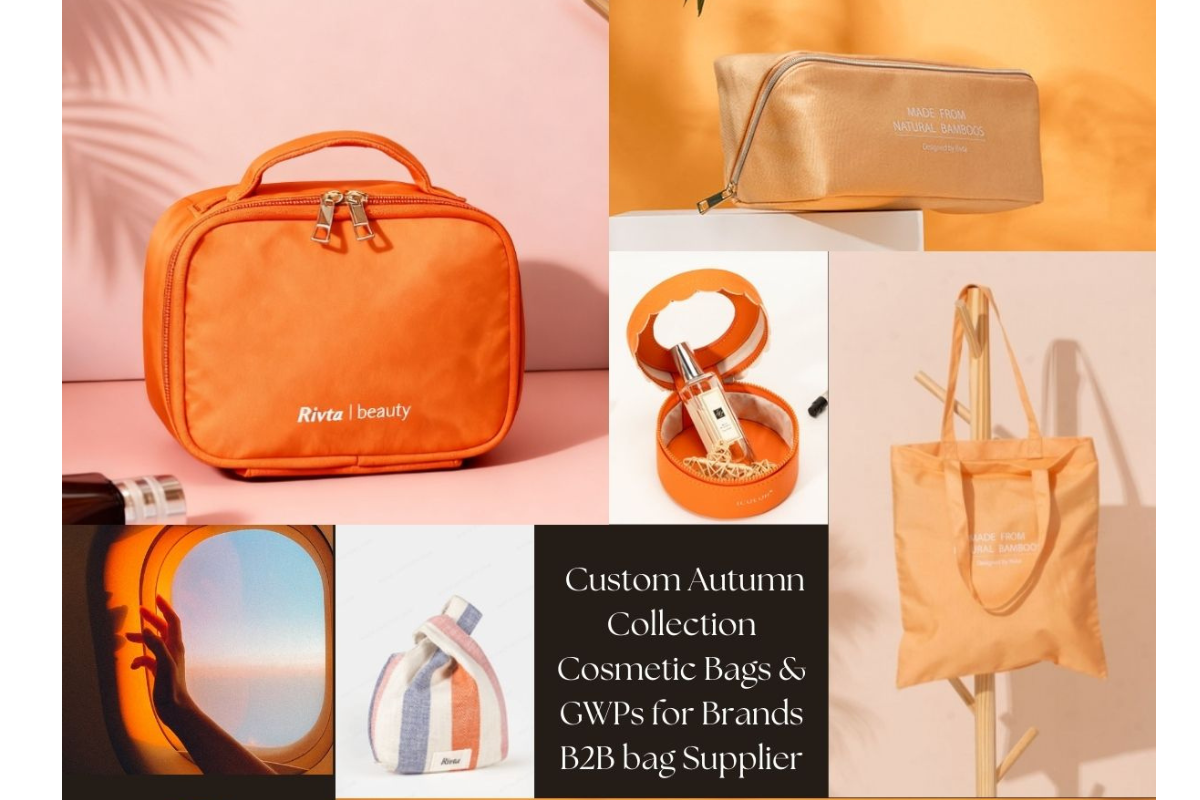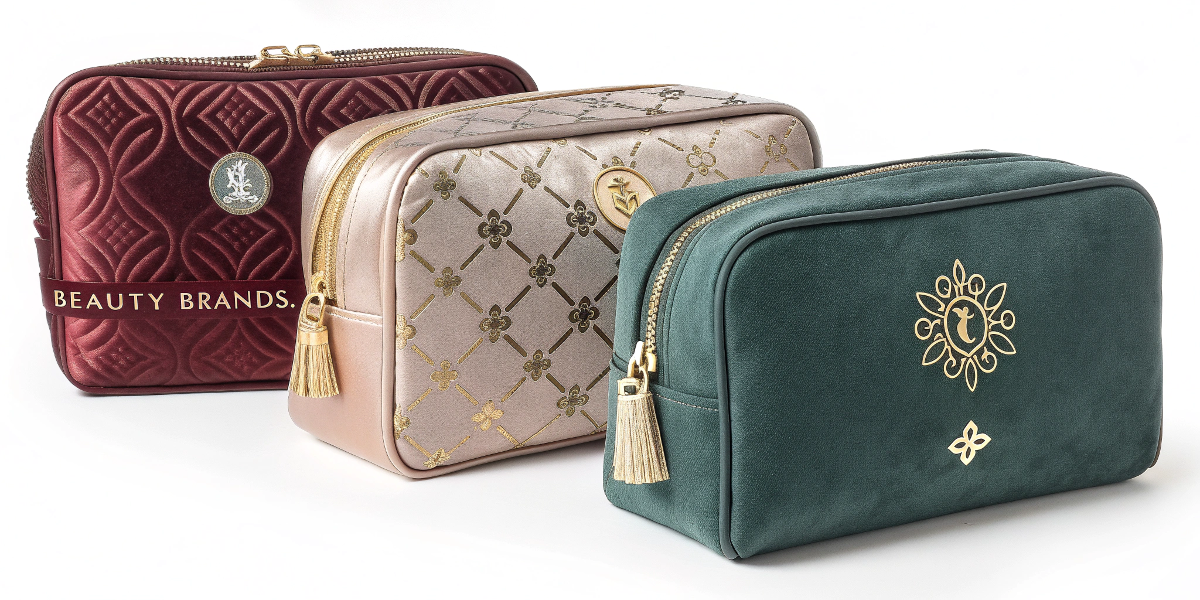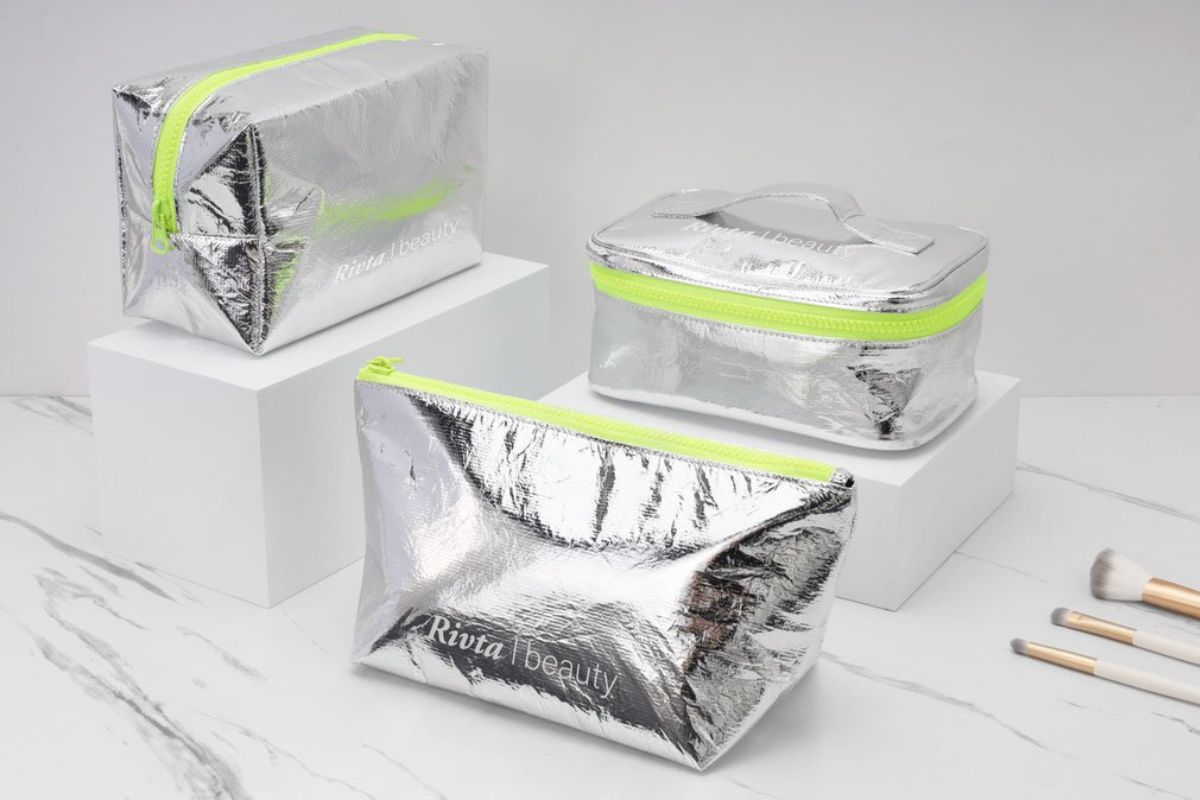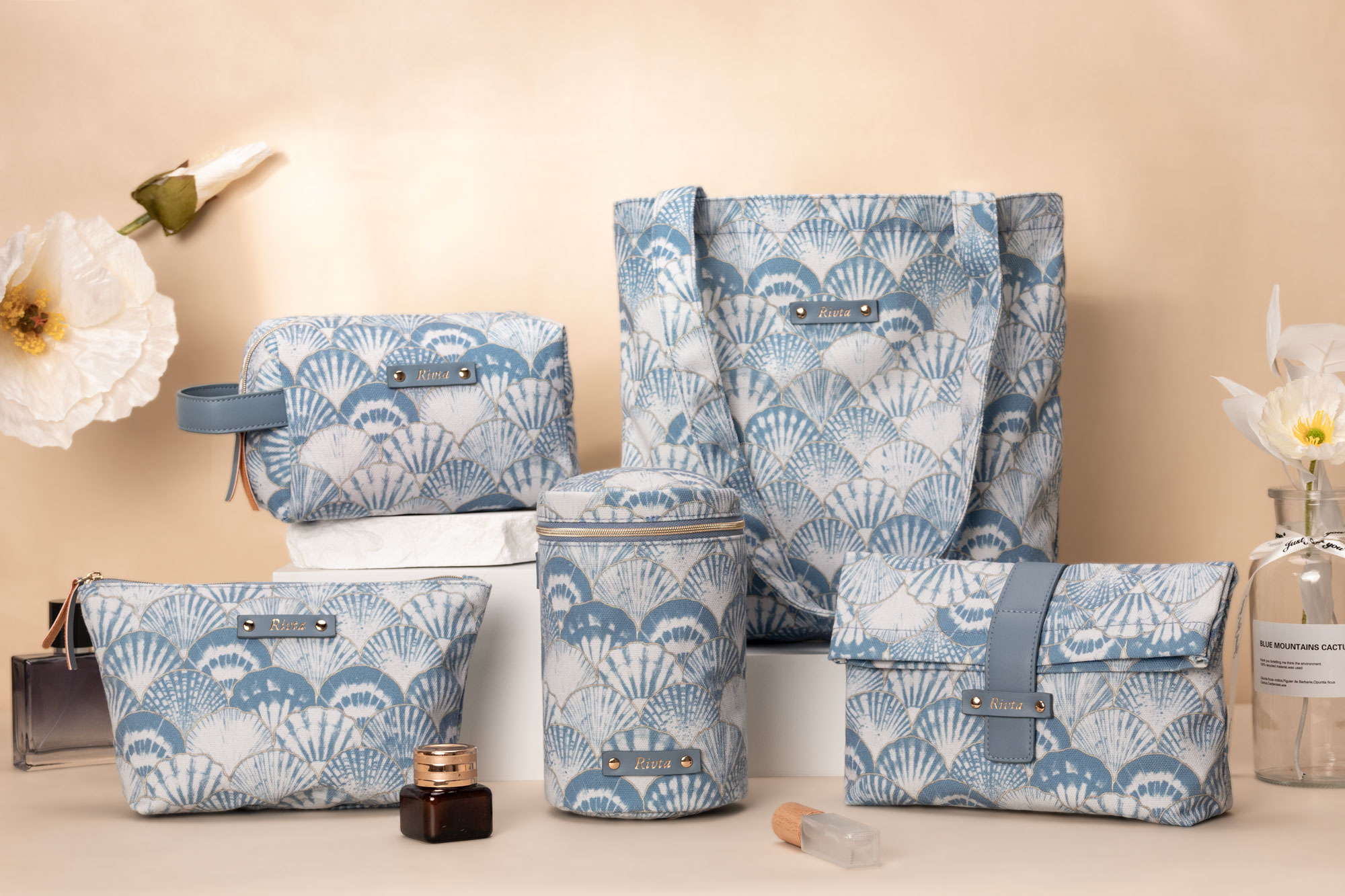How Can You Launch a Flawless Private Label Cosmetic Bag Line?
Launching a cosmetic bag line is exciting, but hidden costs and production issues can destroy your budget. These problems delay launches and can seriously damage your brand's reputation.
To launch successfully, you must master four key areas: clarifying production terms, implementing strict quality control, selecting brand-aligned materials, and accurately calculating your total landed cost. This proactive approach prevents budget overruns, protects your reputation, and ensures a smooth sourcing experience.
As a manufacturer for over 30 years, I've seen countless brilliant designers like yourself get tripped up by the same preventable hurdles. I remember a talented designer, let’s call her Jennie, who had a stunning vision for a new vanity case. She was so focused on the aesthetics that she overlooked the granular details of the production process. These small oversights snowballed, leading to budget issues and a delayed launch. It's not just about the money; it's about the stress and the risk to the brand you've worked so hard to build. My goal here is to share the hard-won lessons from my factory floor, so you can navigate the private label process with confidence and turn your vision into a profitable reality.
Are Unclear Production Terms Derailing Your Project Timeline?
You've found a supplier you love, but vague terms are causing delays and budget surprises. Now your carefully planned marketing calendar is at risk, and unexpected costs are piling up.
You must verify the Minimum Order Quantity (MOQ), production lead times, and sampling process upfront. Ignoring these can lead to forced over-ordering, missed launch dates, and surprise prototype fees. These details are the foundation of your project's timeline and budget.
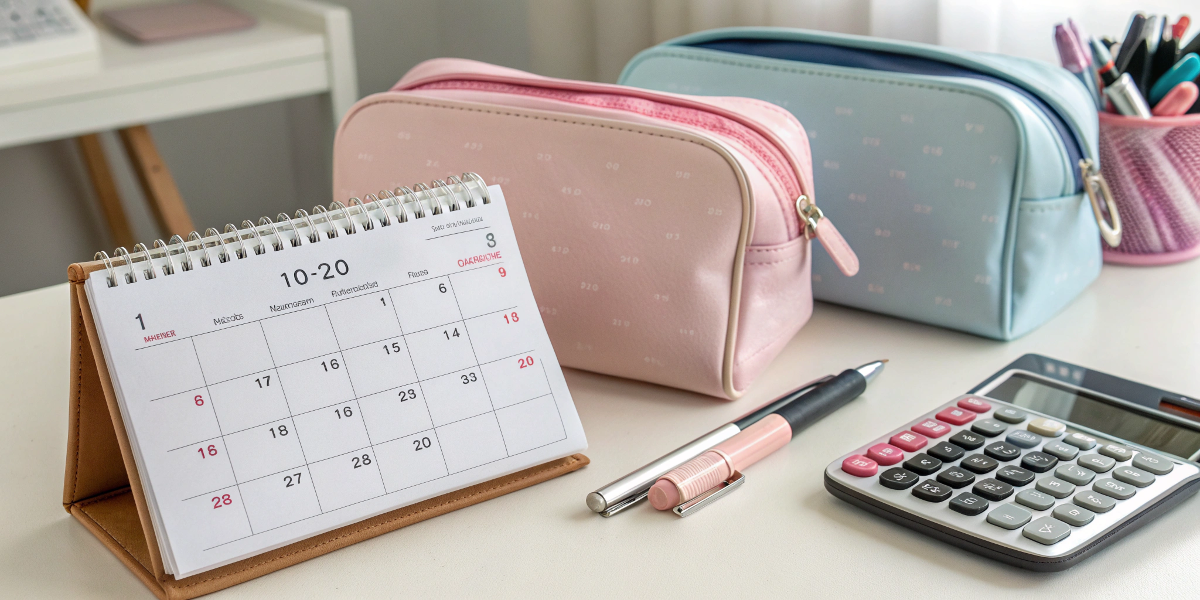
A clear understanding of production terms is the bedrock of a successful project. I recall a project manager who nearly missed a critical holiday launch. She had assumed our standard lead time applied to her unique, custom-printed fabric for a new line of custom logo makeup bags. However, custom material sourcing always adds weeks to the schedule. This small misunderstanding almost cost her the entire season. It's why we insist on putting every detail in writing before a single dollar is spent. This transparency protects both you and us, and it's how strong partnerships are built.
Key Production Terms to Clarify
Before you commit, you need firm answers on these three pillars of manufacturing. They dictate your upfront investment, your launch date, and your ability to perfect the product before mass production.
Beyond the Basics of MOQ
The Minimum Order Quantity isn't an arbitrary number. It's often determined by the material suppliers. For example, a fabric mill might have a minimum dye lot of 1,000 meters. As a vanity case manufacturer, we have to buy that full amount, which influences the final MOQ for your product. Always ask if the MOQ changes for custom colors or materials. Sometimes, sticking to a supplier's stock colors can significantly lower the quantity you need to order, which is perfect for a trial run.
The Truth About Lead Times
Production doesn't start the day you send your first email. The clock on the lead time typically begins after two key milestones are met: your formal approval of the pre-production sample and the factory's receipt of your deposit. You also need to account for things like national holidays, which can shut down factories for a week or more. A good supplier will provide a detailed GANTT chart showing every stage, from material sourcing to final shipment, so there are no surprises.
A Multi-Stage Sampling Process
For a high-quality private label makeup bag, sampling is a critical multi-step process.
- Prototype Sample: Confirms the bag's construction, size, and functionality.
- Pre-Production Sample (PPS): The crucial one, made with the final materials and colors. You must approve this before mass production.
- Shipping Sample: Finished units pulled from the line before bulk shipment—your final look at what customers will receive.
| Term | What to Ask | Why It Matters for Your Budget and Timeline |
|---|---|---|
| MOQ | What is the MOQ for stock vs. custom materials? Is there a price tier? | Affects your initial investment, inventory risk, and per-unit cost. |
| Lead Time | When does the clock officially start? Does it include shipping time? | Determines your launch date and ability to meet marketing deadlines. |
| Samples | What is the cost per sample? Is it refundable on a bulk order? | Manages pre-production costs and ensures you get the product right. |
Is a Lack of Quality Control Risking Your Brand's Reputation?
Your first big shipment of cosmetic bags has finally arrived, but half of them have defects. Now you're facing angry customers, the logistical nightmare of returns, and irreversible damage to your brand's reputation.
You must establish clear quality standards using an industry-standard AQL (Acceptable Quality Limit). Conduct a pre-shipment inspection against a detailed checklist covering stitching, zippers, and printing. This ensures that any and all problems are fixed before the products leave the factory.
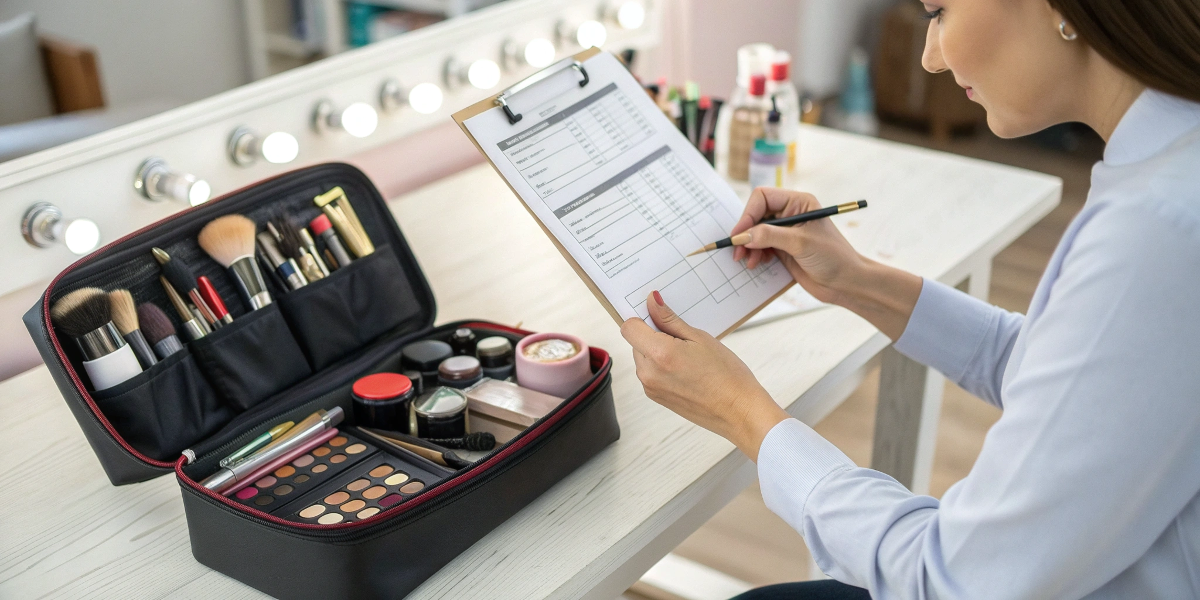
Quality is never an accident; it is the result of a clear, agreed-upon system. I’ll never forget a client who tried to save a few hundred dollars by skipping a third-party inspection. When the private label cosmetic bags arrived, the color of the zipper puller was a slightly different shade of gold than the zipper itself. A tiny detail, but for a luxury brand, it was a disaster. It cost them thousands in rework and delayed their launch by over a month. That small inspection fee would have saved them a massive headache.
Defining Your Quality Standard
Creating Your Inspection QC Checklist
This is your rulebook. It should be incredibly detailed. Before we start any production run, we work with our clients to create a checklist that includes:
- Material Verification: Correct type, color (Pantone matched), and thickness.
- Workmanship: Straight stitch lines, no loose threads, clean seams.
- Hardware: Zippers, pulls, and snaps secure and smooth; correct plating color.
- Printing/Logo: Accurate placement, crisp color, durable application.
- Packaging: Each branded cosmetic pouch packed to spec to prevent transit damage.
Understanding AQL (Acceptable Quality Limit)
AQL is a statistical method to judge quality without checking every unit. An inspector pulls a random sample and categorizes defects by severity.
| Defect Type | Example for a Cosmetic Bag | Impact |
|---|---|---|
| Critical | A sharp edge on hardware or a broken needle inside. | Could harm the user. A single critical defect fails the lot. |
| Major | A non-functional zipper or a torn handle. | Product can’t be used as intended and will be returned. |
| Minor | A single loose thread or a tiny spot. | Cosmetic issue that doesn’t affect function. |
Does Your Material Choice Truly Reflect Your Brand's Values?
Your eco-conscious brand just launched a new makeup bag. But your customers are savvy, and they discover the material is just standard, virgin PVC. Overnight, this mistake can destroy your credibility and brand trust.
Choose materials that align with your brand's values, price point, and product function. For eco-conscious brands, certified options like GRS-certified RPET are essential. For luxury, premium vegan leather or durable TPU offer a superior feel and performance.
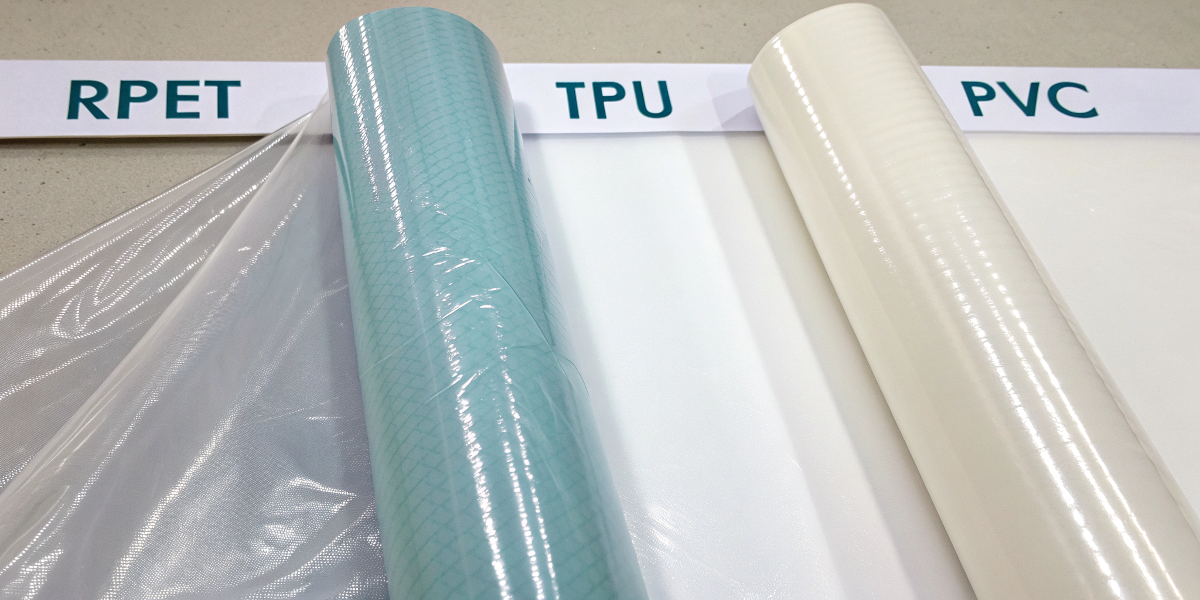
The material you choose is a core part of your brand's story. I had the pleasure of working with a clean beauty brand that was launching their first private label makeup bag. They were insistent on using RPET made from recycled ocean-bound plastic. It was more expensive, but it was non-negotiable for them. We ensured the material was GRS certified, giving them a powerful, verifiable claim for their marketing. Their customers loved the authenticity. It proved that thoughtful material selection is just as critical as the design itself in today's market, especially for designers like Jennie who bridge luxury and sustainability.
Comparing Premium and Sustainable Materials
The Sustainability Spectrum
"Eco-friendly" is broad—be specific:
- Recycled Content: Look for GRS certification to verify recycled content through the supply chain.
- Plant-Based Materials: Organic cotton (GOTS) or cork are credible natural options.
- “Vegan Leather”: Prefer higher-quality PU or plant-based innovations; PVC-based “vegan” leather isn’t eco-friendly.
Matching Material to Function & Price Point
Purpose drives choice. A washable canvas fits everyday pouches; clear, durable TPU suits travel/stadium-friendly designs; soft-touch vegan leather elevates premium vanity cases.
| Material | Key Feature | Best For | Considerations |
|---|---|---|---|
| GRS-Certified RPET | Recycled content; fabric handfeel | Eco-conscious brands needing verifiable claims | Certification is key for authenticity |
| TPU (Thermoplastic Polyurethane) | Durable, soft, PVC-free transparent plastic | Premium, eco-friendlier clear cosmetic bags | Higher cost than PVC |
| PU Vegan Leather | Soft, luxurious, leather-like | High-end makeup bags and vanity cases | Quality varies; prefer solvent-free PU |
| Organic Cotton / Canvas | Natural, breathable, often washable | Everyday totes, casual pouches, GWP | Less structured; look for GOTS |
Is the Quoted Price Hiding Your True Sourcing Cost?
You were thrilled to get a very low unit price from a supplier. But once shipping, customs, and duties were added, the final cost was double what you expected, completely wiping out your profit margin.
You must calculate the total landed cost, not just the factory price. Understand shipping terms (Incoterms) like EXW, FOB, and DDP to know who pays for what. Factor in ocean freight, insurance, tariffs (using the correct HS Code), and customs fees.
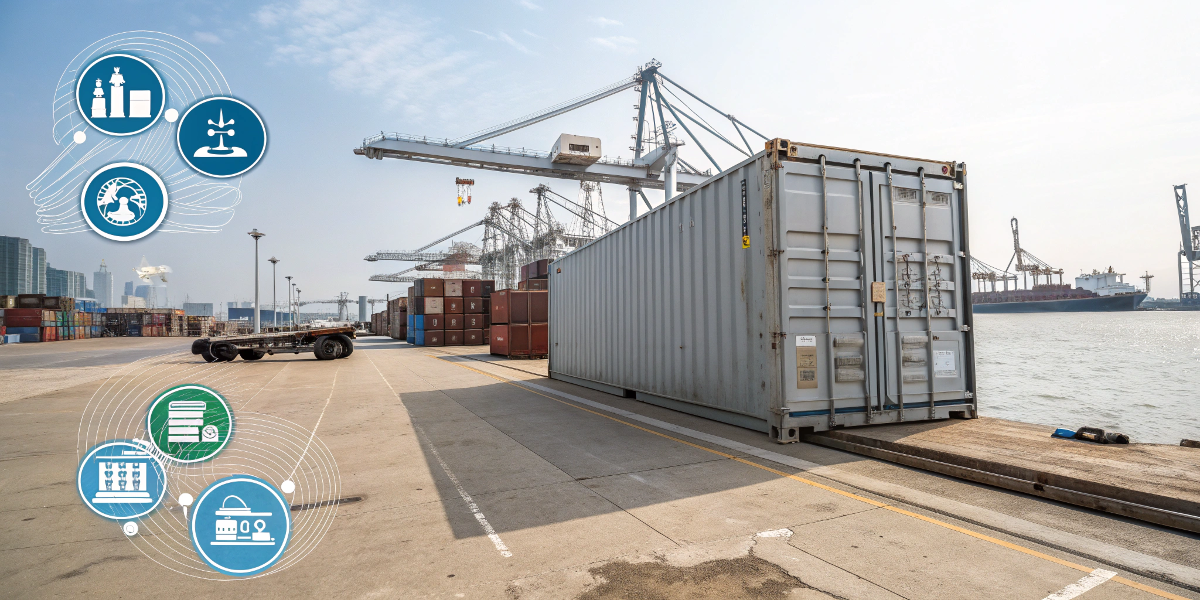
The "price" is never just one number. A client once chose a new supplier based on an incredibly low EXW (Ex Works) price for a large order of private label cosmetic bags. She didn't realize that EXW meant her responsibility began at the factory's front door in China. The cost of inland trucking, export documentation, port fees, and ocean freight added nearly 40% to her total cost. It was a painful but valuable lesson in understanding the fine print of global logistics.
Understanding Your True Cost
To budget accurately, you need to see the full picture. Your landed cost is the factory price plus all the costs required to get the product to your warehouse.
Demystifying Shipping Terms (Incoterms)
| Term | Factory's Responsibility | Your (the Buyer's) Responsibility | Best For |
|---|---|---|---|
| EXW | Makes goods available at their factory door. Nothing more. | All transport, export/import clearance, shipping, duties. | Experienced importers with agents on the ground. |
| FOB | Delivers goods to the port and loads them onto the ship. | Ocean freight, insurance, import clearance, local delivery. | Most buyers; good balance of cost and control. |
| DDP | Handles everything, delivering the goods to your final door. | Nothing; supplier handles logistics and pays duties. | Buyers wanting zero logistics hassle (paying a premium). |
Don't Forget the Hidden Costs
- Ocean/Air Freight – transport cost.
- Insurance – protects against damage/loss in transit.
- Duties & Taxes – tariffs set by your customs agency.
- Customs Brokerage Fees – professional import paperwork handling.
- Local Delivery – trucking from port to warehouse.
Always use the correct HS Code for your product (e.g., the specific code for cosmetic bags). This code determines the exact duty rate you will pay. A wrong code can lead to costly fines and delays. As your manufacturing partner, we help you get this right from the start.
Conclusion
Mastering production terms, quality control, material selection, and landed cost is key to a successful private label cosmetic bag launch. These steps protect your budget, brand, and timeline.
